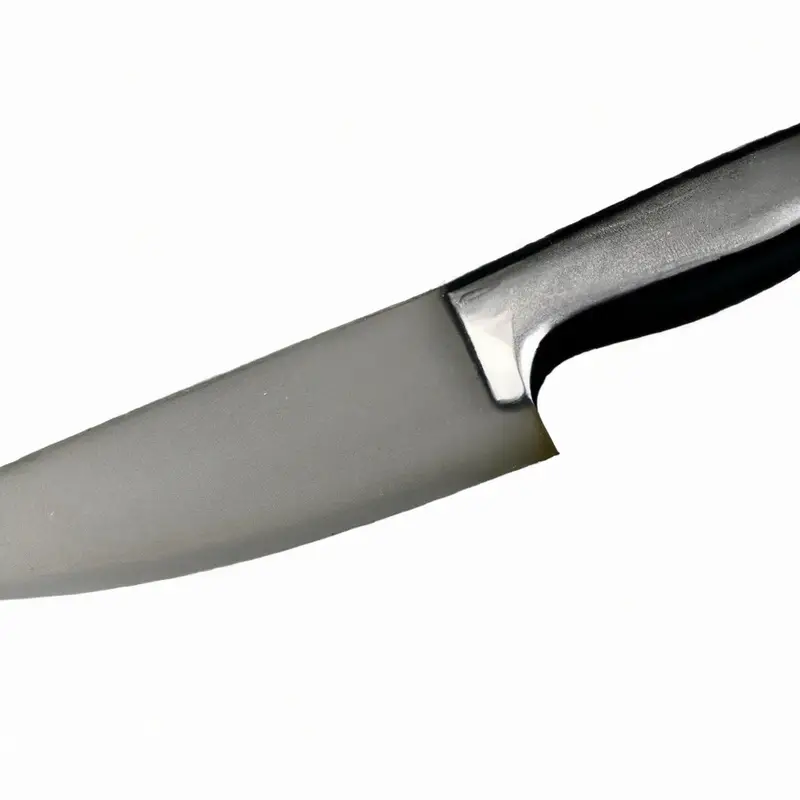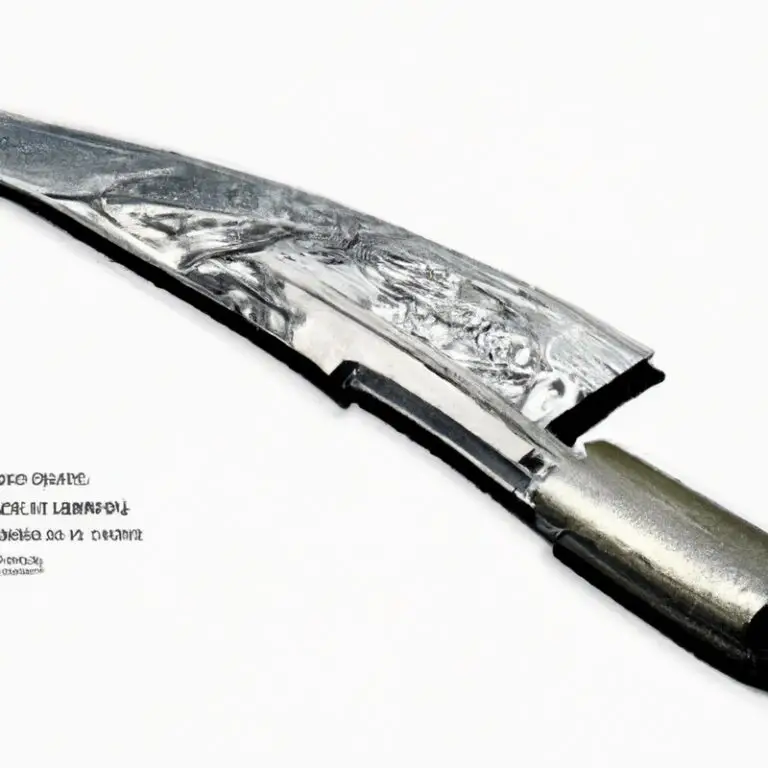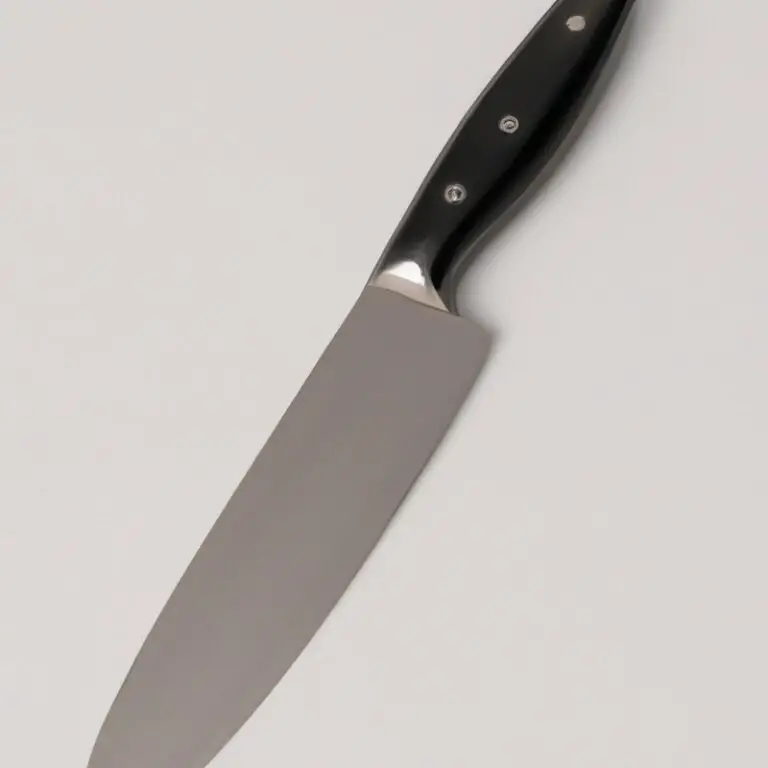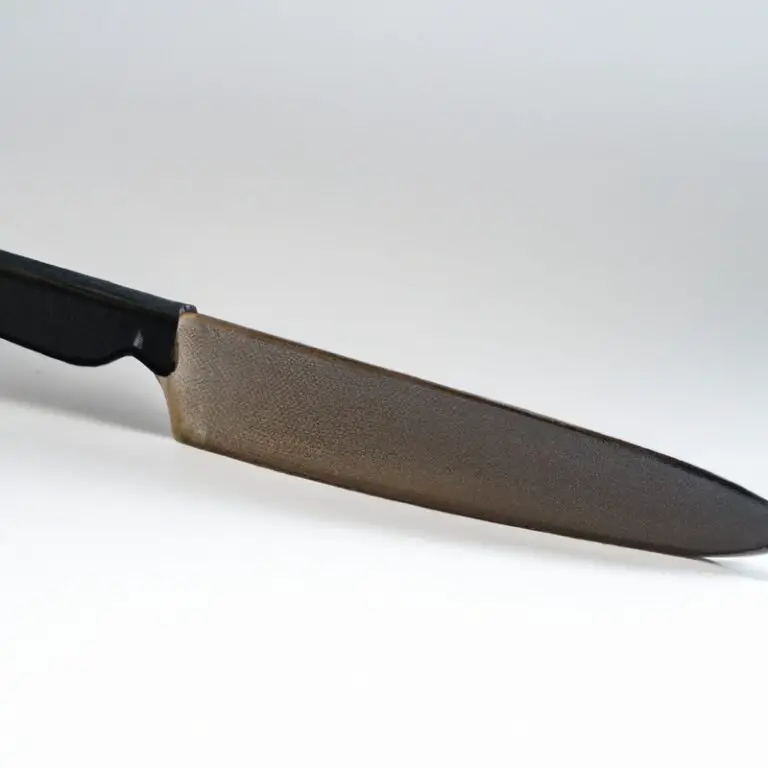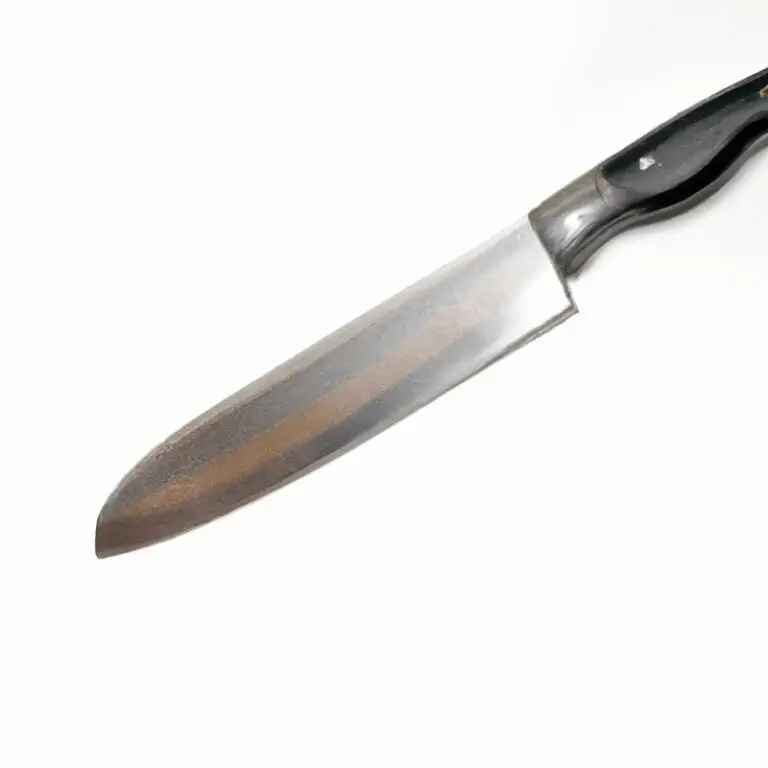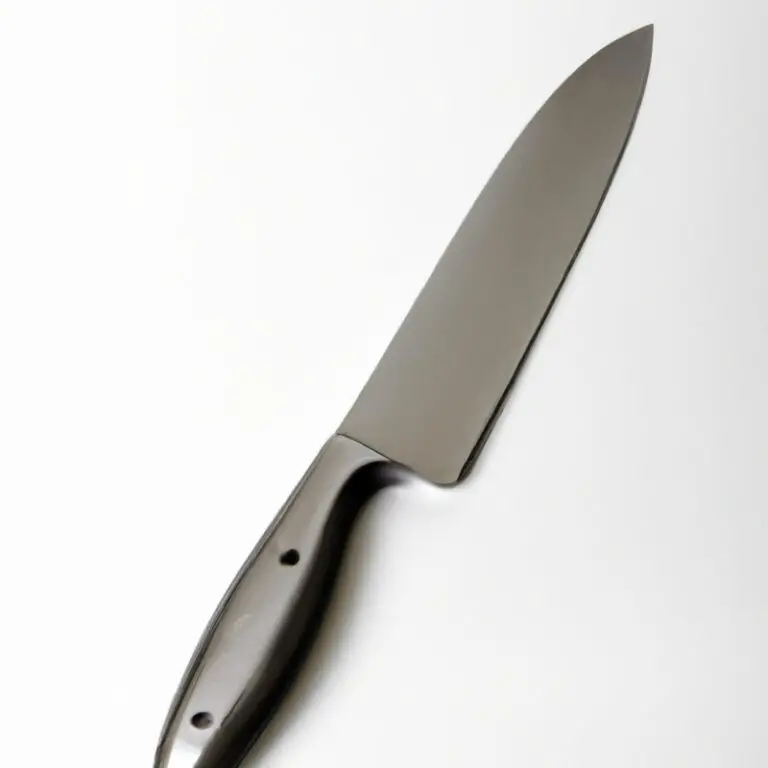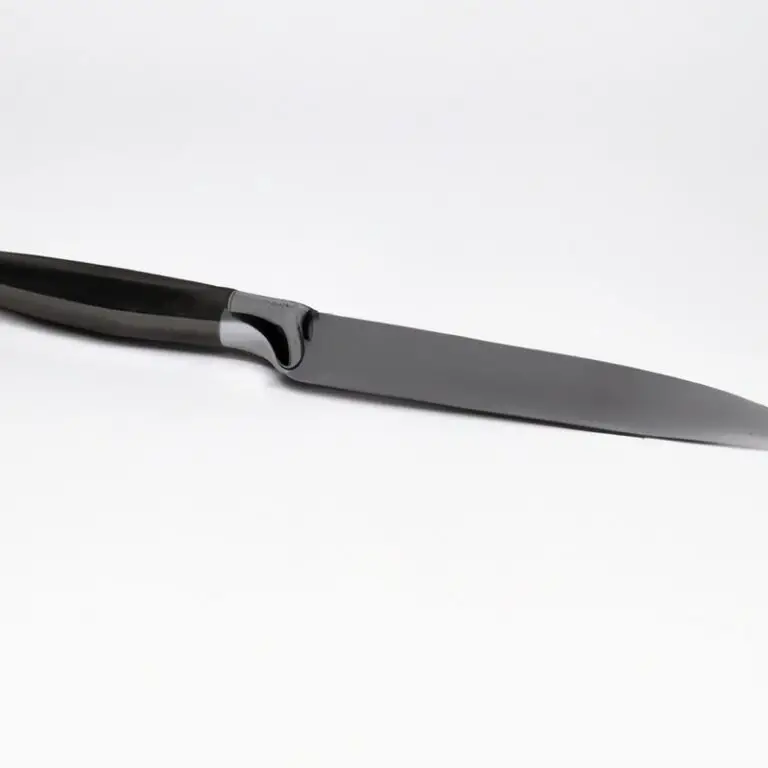How To Fillet a Flathead Catfish Using a Fillet Knife? Try It Out!
Key Takeaways:
- Begin by making a cut behind the gills, down towards the backbone, and then slice along the backbone towards the tail to create a fillet.
- Use a sharp fillet knife to remove the skin from the fillet, starting at the tail and working towards the head.
- Be sure to remove any remaining bones from the fillet using a pair of pliers or tweezers.
- Practice proper knife safety techniques and maintain a firm grip on the fish to avoid accidents while filleting.
Do you love catching flathead catfish and want to learn how to fillet them like a pro? Look no further! As an experienced angler and fish enthusiast, I’m here to guide you through the process step-by-step.
From understanding the anatomy of a flathead catfish to storing the fillets properly, this comprehensive guide has got you covered.
With the right tools, technique, and safety precautions, filleting a flathead catfish can be a breeze. So let’s get started and learn how to prepare delicious and mouth-watering fillets from your catch!
| Step | Description |
|---|---|
| 1 | Clean the fish by removing scales, gutting and rinsing it thoroughly. |
| 2 | Lay the flathead catfish on a flat and stable surface with its head towards you. |
| 3 | Insert the fillet knife behind its gills, slicing down towards the spine. |
| 4 | Run the knife along the spine, following the contours of the fish’s body. |
| 5 | Gradually remove the fillet from the carcass by making gentle, smooth cuts parallel to the spine. |
| 6 | Flip the fish over and repeat the process on the other side. |
| 7 | Use pliers to remove any bones or remaining skin from the fillet. |
| 8 | Rinse the fillets with cold water and pat them dry with paper towels. |
| 9 | Store or prepare the fillets as needed. |
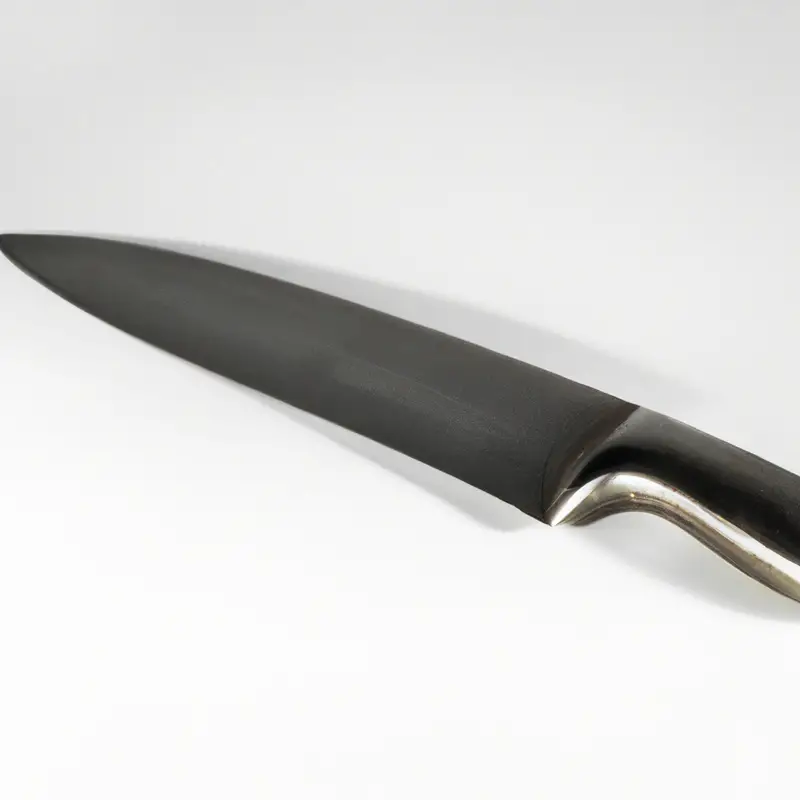
Understanding the Anatomy of a Flathead Catfish
To properly fillet a flathead catfish, it is essential to understand its anatomy. This species typically has a broad and flattened head with a large mouth, which helps them catch live prey.
Its body is long and cylindrical, with a smooth skin covered in mucus.
The flathead catfish also has sharp spines on its dorsal and pectoral fins, which you should be careful to avoid when filleting. Another unique feature of this fish is its internal anatomy.
Flathead catfish have an air bladder that helps them regulate their buoyancy in the water.
Additionally, their stomachs are large and extend throughout nearly the entire length of their body. To successfully fillet a flathead catfish, you must pay attention to the anatomy and ensure you have a sharp fillet knife to cut through bones and skin.
Understanding the flathead catfish’s anatomy will help you cut it in the correct places, making the filleting process faster and more efficient.
Preparing for Filleting: Tools and Equipment Needed
Before you start filleting your flathead catfish, it is essential to prepare the necessary tools and equipment. These include a sharp fillet knife, cutting board, pliers, and a container for holding the fillets.
A fillet knife is the most crucial tool for filleting a fish.
Ensure that it is sharp and has a flexible blade that can bend without breaking. A dull knife can slip and cause injuries.
A cutting board provides a stable surface for filleting your fish.
Wooden or plastic cutting boards are ideal as they are easy to clean and do not dull the fillet knife. Pliers come in handy for removing any bones that can’t be removed with the fillet knife.
Ensure that they are strong and have a good grip.
Lastly, you need a container to hold the fillets after cutting them. A plastic container or a ziplock bag can work well.
Ensure that it is big enough to hold all the fillets and has a tight-fitting lid to prevent any leaks.
By having the right tools and equipment, you can make the filleting process more manageable and enjoy your delicious flathead catfish fillets in no time.
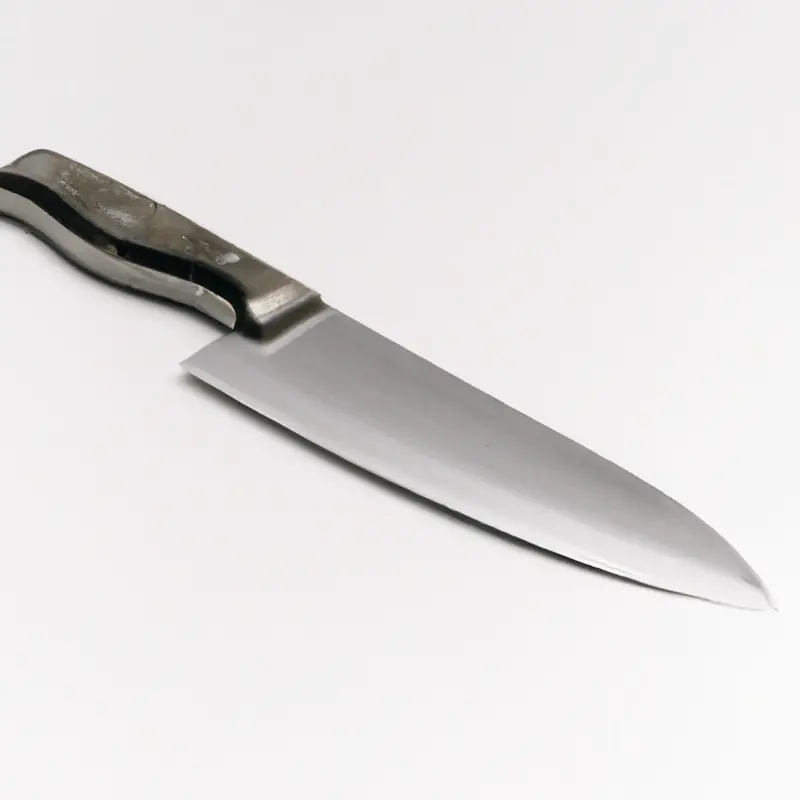
Step-by-Step Pre-Filleting Preparations
Before you start filleting a flathead catfish, there are a few preparatory steps that you should take to ensure that the process runs smoothly. First, make sure that your workspace is clean and free of clutter.
Then, gather all the necessary equipment, including a cutting board, a sharp fillet knife, pliers, and gloves.
Once you have the necessary tools, rinse the fish thoroughly under running water to remove any dirt or debris. Next, place the fish on a cutting board and use a sharp knife to remove the head and tail.
Then, make a shallow incision along the spine of the fish and use pliers to gently pull out the entrails.
After the fish is cleaned out, rinse it again under running water, and use a paper towel to pat it dry. At this point, you may also choose to scale the fish using a scaler, or use the backside of your knife to scrape off the scales in a downward motion.
Once the fish is properly prepared, it is ready for filleting.
Follow our step-by-step guide to filleting a flathead catfish to learn more about the filleting process.
Step-by-Step Guide to Filleting a Flathead Catfish
Step-by-Step Guide to Filleting a Flathead Catfish
- Place the fish on a flat surface and make a horizontal cut behind the gills and down to the backbone.
- Turn the knife and cut along the backbone, starting from the head towards the tail.
- Cut the fillet away from the rib bones using the tip of the knife.
- Flip the fish over and repeat on the other side to get two fillets.
- Remove the skin by making a small cut at the tail end and holding the skin tightly while sliding the knife under the fillet.
- Run your fingers along the fillet to detect any remaining bones and use tweezers or pliers to remove them.
- Rinse the fillets with cold water and pat them dry with a clean towel.
- Your flathead catfish fillets are now ready to cook.
Removing the Rib Bones: Tips and Tricks
Removing the Rib Bones: Tips and Tricks After you have removed the fillets from the flathead catfish, you’ll notice that they still contain rib bones. Removing them can be tough, but with the right technique, it can be done easily.
First, locate the rib bones.
They should be found along the center of the fillet. Using the tip of your fillet knife, make a small incision at the top of the rib bones.
Then, gently slice downward along the bones, applying gentle pressure with your knife as you go.
As you remove the rib bones, be careful not to remove too much of the meat along with them. It’s important to use a sharp fillet knife to make clean cuts and avoid crushing the bones.
To make the process easier, you can use a pair of pliers or a fish bone tweezer to grab the end of the rib bones and pull them out in one smooth motion.
Continue doing this until all the rib bones have been removed. In addition, keep in mind that filleting and removing the rib bones of a flathead catfish can be a messy process, so it’s best to do it over a sink or a clean surface.
Once you’ve removed the rib bones, you can proceed with removing the skin from the fillets.
Removing the Skin: Easy and Efficient Techniques
Removing the skin from a flathead catfish fillet can seem daunting, but with the right technique, it can be a breeze. One of the most efficient methods is to use a fillet knife with a flexible blade.
With the catfish fillet skin side down, make a slight cut into the flesh at the tail end of the fillet to get started.
Hold onto the end of the fillet and use the knife to gently slice between the skin and the flesh using back-and-forth motions. Use short, sawing motions to remove the skin along the length of the fillet.
Another trick to make skinning easier is to submerge the fillet in boiling water for 20-30 seconds, which makes the skin easier to peel off.
Once the skin is removed, use the same fillet knife to remove any bones remaining on the fillet. It’s important to keep your fingers out of the way of the knife blade while skinning and deboning to avoid injuries, so consider using a protective glove or holding the fillet with a towel or paper towels.
With practice and patience, skinning and deboning a catfish fillet will become second nature.
Cleaning and Deboning the Fillets
After filleting the flathead catfish, it’s time to clean and debone the fillets. Start by removing any remaining bones with a pair of tweezers or pliers.
Run your fingers along the fillet to check for bones and remove them carefully.
Then, rinse the fillets with cold water and pat them dry. For deboning, make a small cut just below the rib line and slide your knife under the bones, working from one end of the fillet to the other.
Trim off any remaining bones and repeat on the other side of the fillet.
To remove the skin, place the fillet skin-side down on a cutting board. Cut a small incision at the edge of the fillet and use your fingers to lift the skin away from the flesh.
Use a sawing motion with your knife to cut through the skin while holding the fillet firmly with your other hand.
Once cleaned and deboned, your flathead catfish fillets are ready to cook. Following these steps will ensure that your fillets are safe to eat and free from bones.
Safety Precautions to Keep in Mind
Before you start filleting a flathead catfish using a fillet knife, it is essential to ensure your safety. Below are some essential safety precautions to keep in mind:
- Wear protective gloves to protect your hands from cuts and injuries.
- Always use a sharp fillet knife to minimize the risk of accidents.
- Ensure that your workspace is clean, dry, and well-lit.
- Keep the knife away from children and pets when not in use.
- Always cut away from your body to prevent the knife from slipping and injuring yourself.
- Be cautious while handling the fish, as its sharp spines can cause injury.
- Never hurry; take your time to avoid making errors or causing injuries.
By following these safety precautions, you can make sure that both you and the fish remain safe while filleting.
Storing Flathead Catfish Fillets: Dos and Don’ts
Storing flathead catfish fillets properly can ensure their quality and freshness. Here are some dos and don’ts to follow: Dos:
- Store the fillets in the refrigerator or freezer within two hours of catching or purchasing.
- Wrap the fillets tightly in plastic wrap or aluminum foil and label them with the date.
- Keep the fillets in the coldest part of the refrigerator or freezer, which is usually at the back or bottom.
- Use the fillets within 1-2 days if stored in the refrigerator, or up to 6 months if stored in the freezer.
Don’ts:
- Do not leave the fillets at room temperature for an extended period of time.
- Do not store the fillets in the refrigerator for more than 1-2 days without freezing.
- Do not refreeze the fillets once they have been thawed.
- Do not store the fillets near strong-smelling foods, as they can absorb their odors.
By following these dos and don’ts, you can keep your flathead catfish fillets fresh and delicious for longer periods of time.
Practical Tips for Cooking Flathead Catfish Fillets
When it comes to cooking flathead catfish fillets, there are a few practical tips that can help you achieve delicious results every time.
- Season: Before cooking the fillets, season them generously with salt, pepper, and any other desired seasonings. This will help to enhance the flavor of the fish.
- Cook at the Right Temperature: Flathead catfish fillets should be cooked at a temperature of 375°F to 400°F. This will help to crisp up the skin and cook the fish evenly.
- Choose the Right Cooking Method: Flathead catfish fillets can be cooked using a variety of methods, including grilling, pan-frying, and baking. Consider the texture and flavor you want and choose the appropriate method.
- Don’t Overcook: Flathead catfish fillets have a delicate, flaky texture and can dry out easily if overcooked. Cook them until they are just opaque and tender.
- Serve with Remoulade Sauce: Flathead catfish can be served with a variety of sauces, but remoulade sauce is a classic choice. This tangy, flavorful sauce pairs perfectly with the mild taste of the fish.
By following these practical tips, you can ensure that your flathead catfish fillets come out perfectly cooked and delicious every time.
Final Verdict
Filleting a flathead catfish may seem daunting, but with the right tools, preparation, and technique, anyone can do it. By understanding the anatomy of the fish and following the step-by-step guide, even beginners can successfully fillet a flathead catfish.
It is crucial to keep safety precautions in mind and to store the fillets properly to maintain their quality and freshness.
Remember, practice makes perfect, so do not be afraid to try out new recipes and experiment with different cooking methods for your delicious flathead catfish fillets. With these practical tips and tricks, you can confidently prepare and enjoy your catch.
Enjoy your meal and happy fishing!

